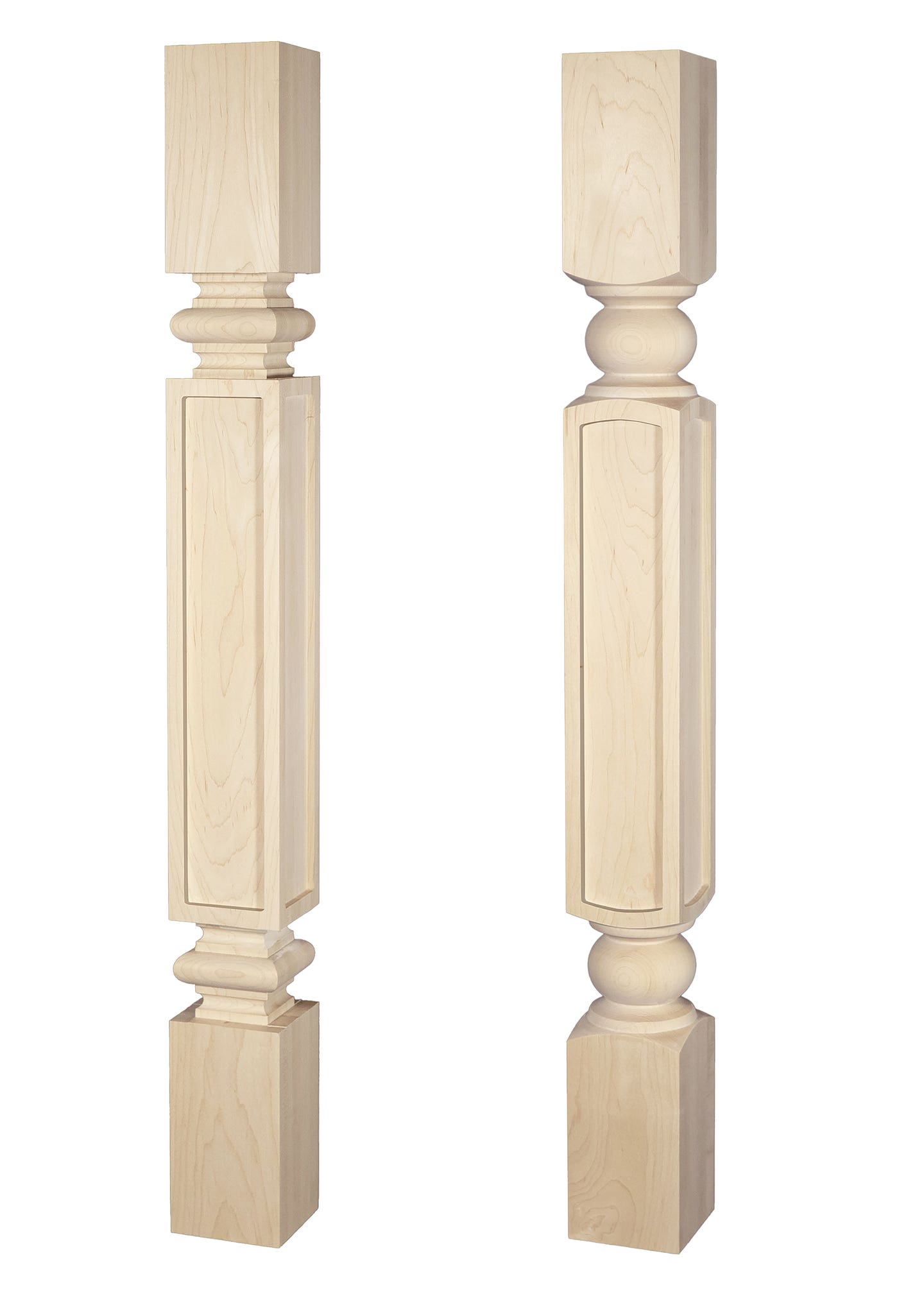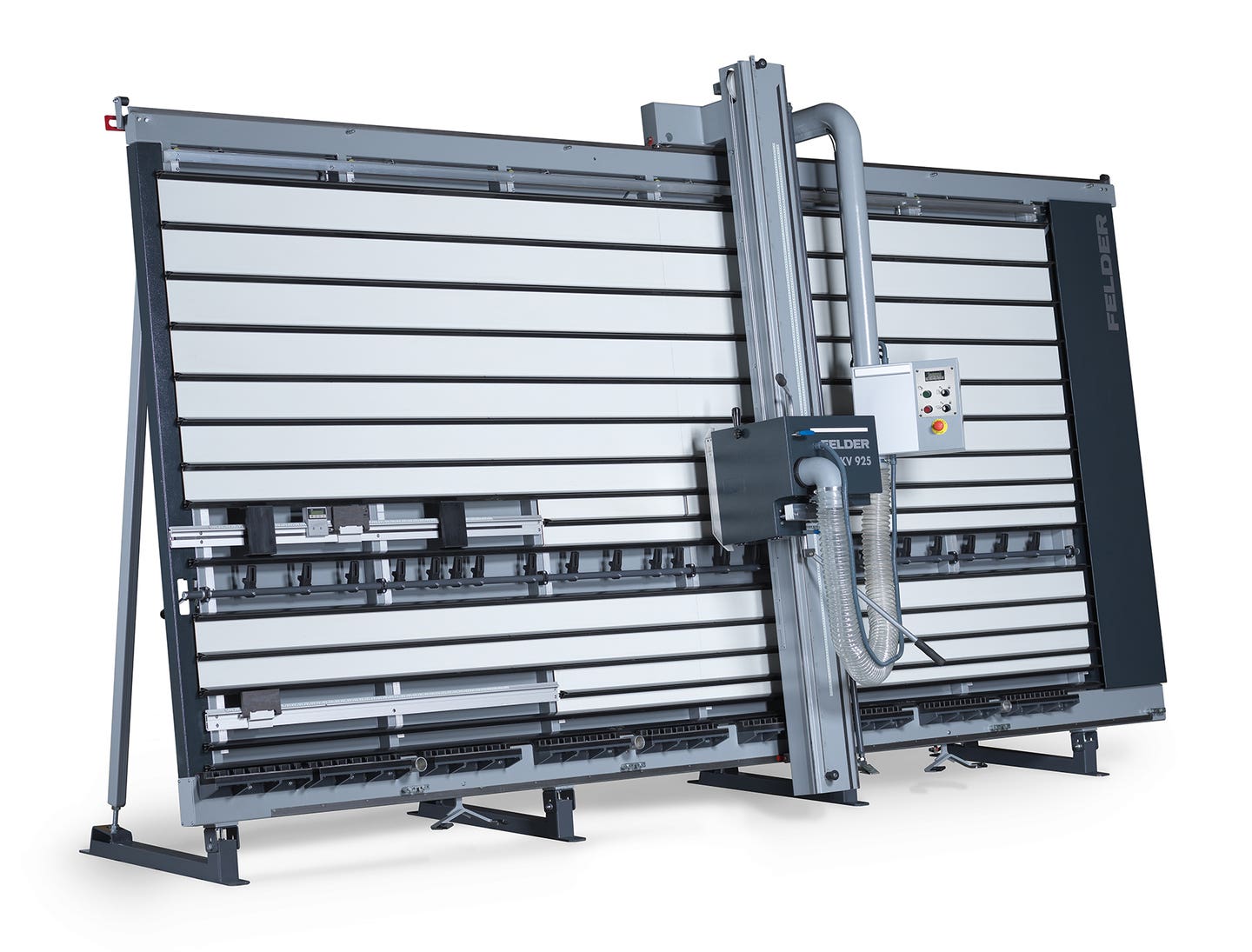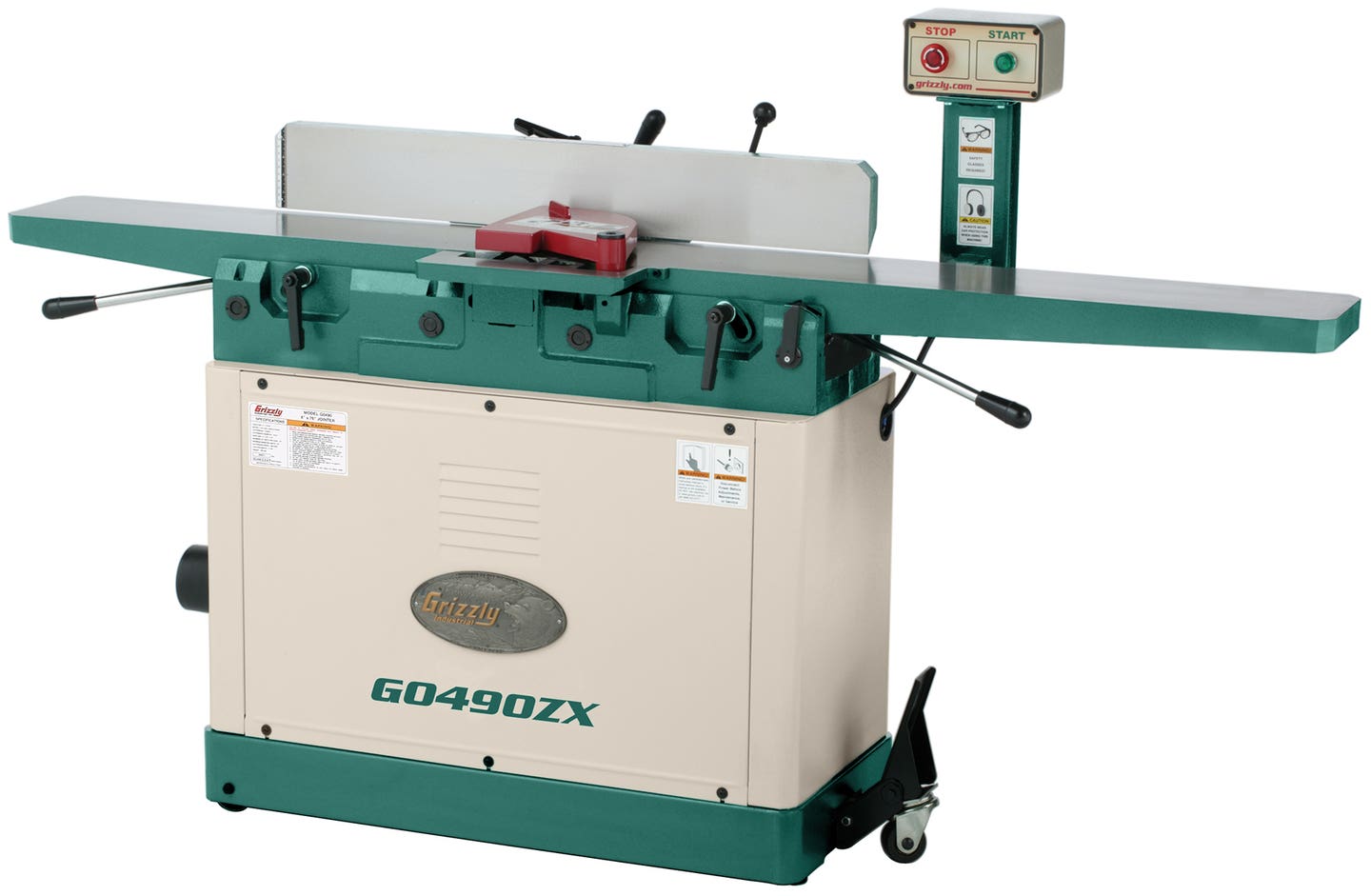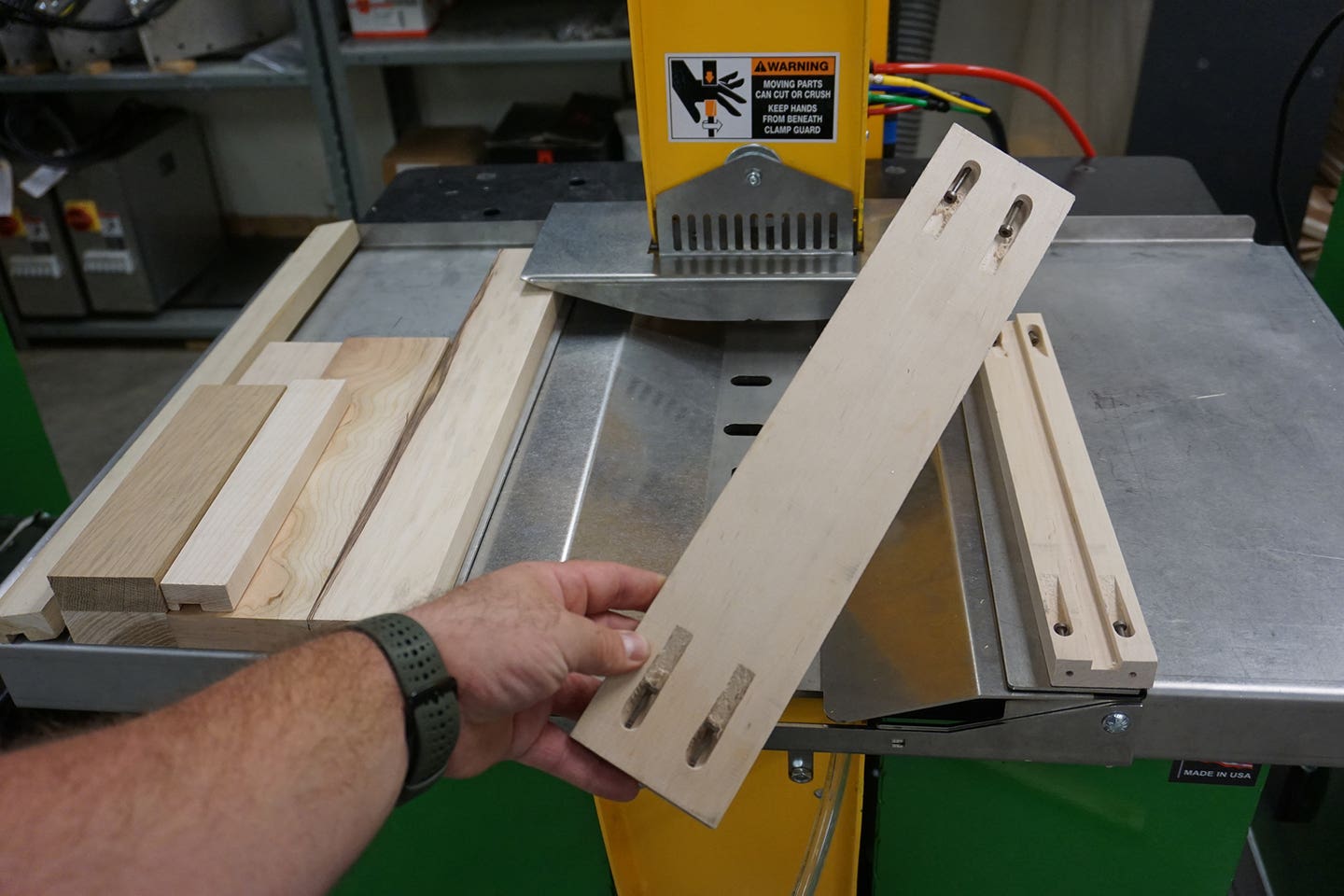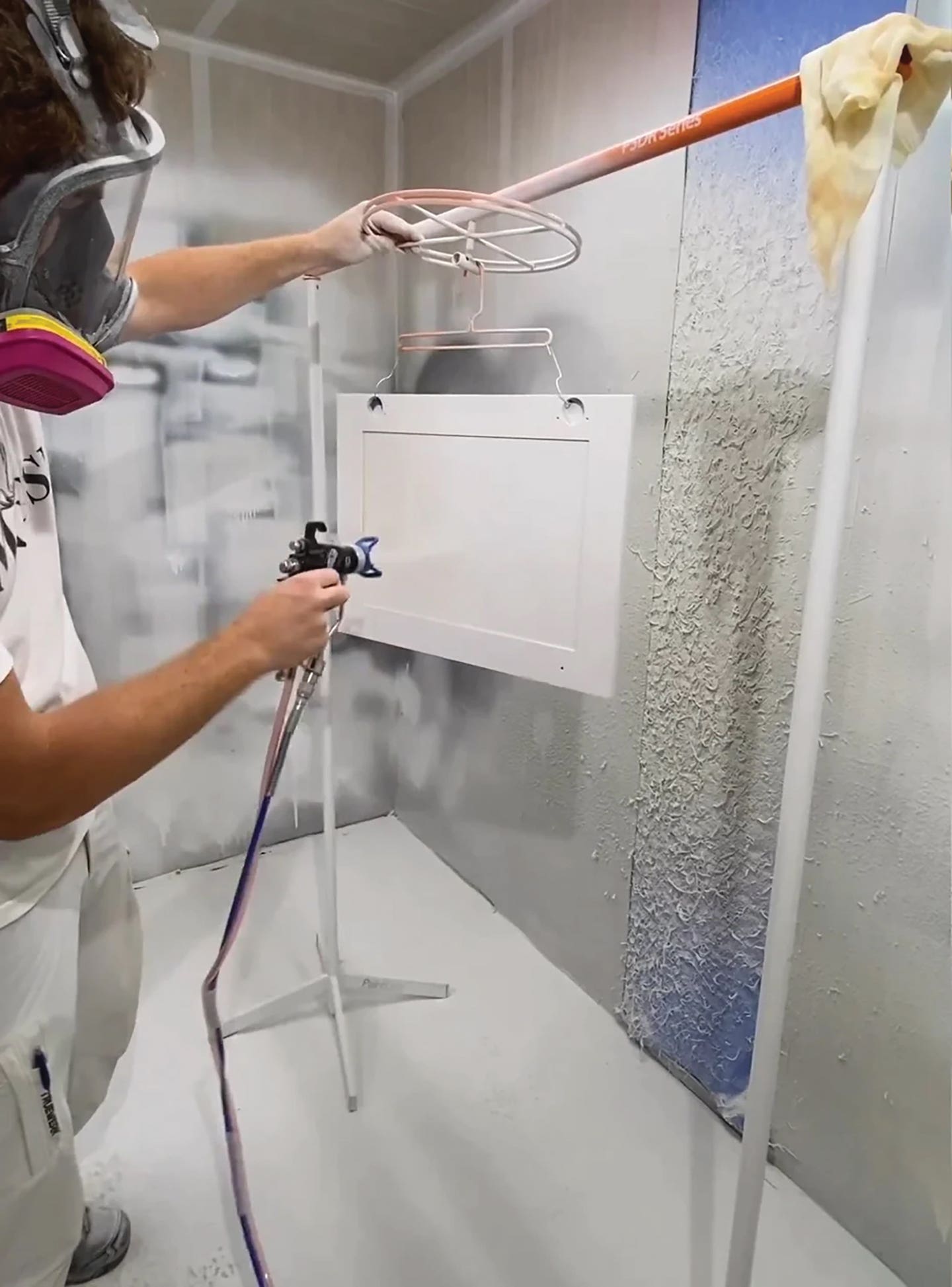Microdust Pro detects the smallest airborne particles
Casella CEL of Buffalo, N.Y., recently introduced the Microdust Pro, a hand-held dust monitor. The model CEL-712 measures the concentration of inhalable and respirable dusts, aerosols or powders to perform…
Casella CEL of Buffalo, N.Y., recently introduced the Microdust Pro, a hand-held dust monitor. The model CEL-712 measures the concentration of inhalable and respirable dusts, aerosols or powders to perform risk assessment in the shop, analyze processes related to dust emissions and perform facilitywide surveys of dust or aerosol concentrations.
Product manager Rob Brauch explains that exposure to inhalable dust can cause lung damage from the organic compounds found in commonly used woods.
“Since the smallest particles generated in woodworking are the ones which can be inhaled deeply into the lungs, the Microdust Pro is particularly tuned to be most responsive to particles in the 1 to 15 micron range, which are often created in operations using higher-speed tools in operations such as planing, routing, shaping and finish sanding, especially on harder woods,” Brauch says.
“Knowing the levels of exposure can help prevent asthma, allergic reactions or more long-term debilitating lung disease in woodworkers, an informed worker will be more aware of the health risks and thus more interested in taking steps to minimize their exposure,” adds Brauch, who has been developing advanced safety instrumentation for more than three decades.
The Microdust Pro uses a laser diode-based light-scattering sensor to detect dangerous concentrations of airborne particles. The battery-powered device features a large color display and icon-driven interface to navigate its major functions. A detachable probe is used to monitor small spaces and ducts.
Other features include large memory for storing previous measurements, analysis software and the ability to perform on-site calibration.
The Microdust Pro sells for $4,495.
Contact: Casella CEL Inc. Tel: 800-366-2966. www.casellausa.com
This article originally appeared in the May 2014 issue.


